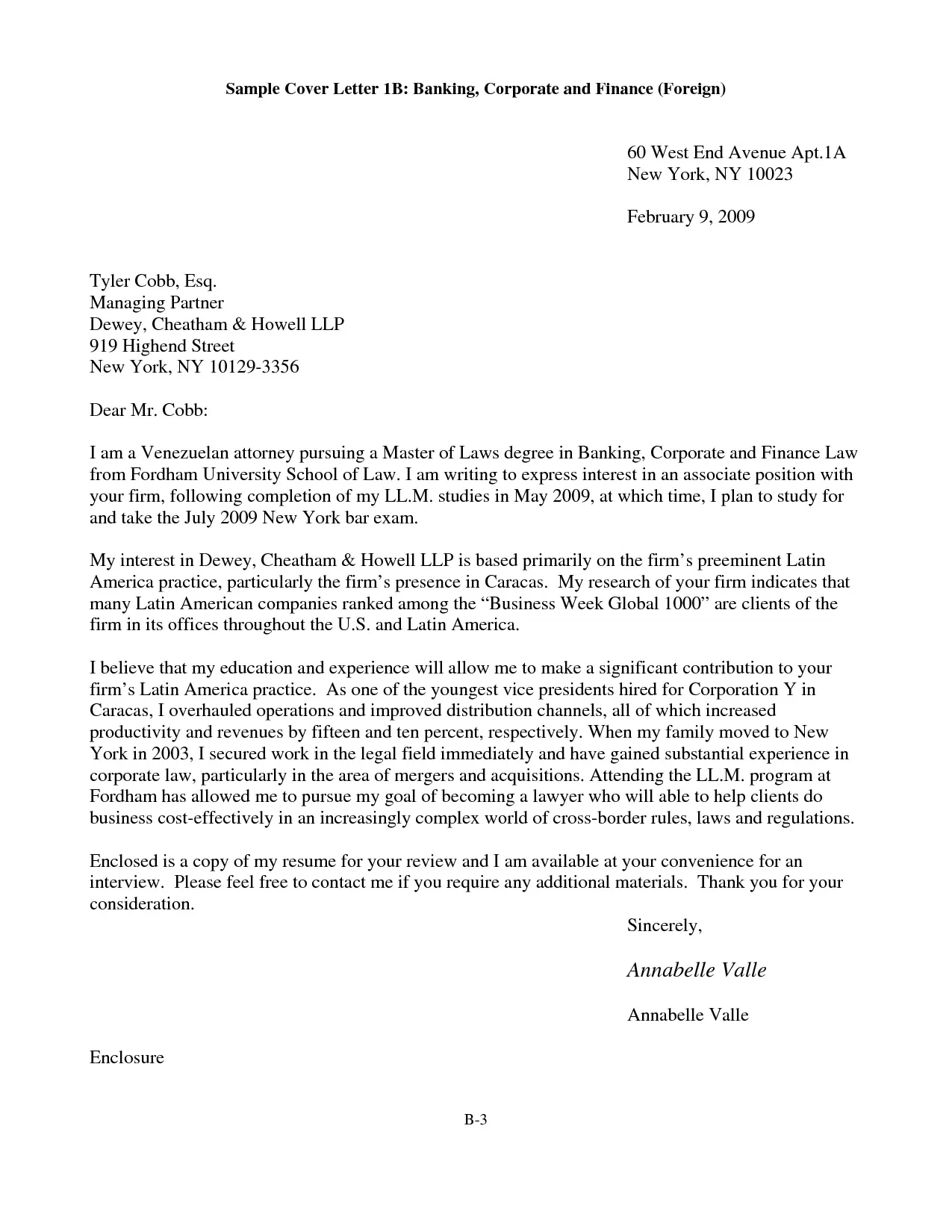What Is a Cover Letter And Why Is It Important?
A cover letter is a crucial document that accompanies your resume when applying for a job. It serves as a personal introduction and a persuasive tool to showcase your qualifications, skills, and enthusiasm for the specific role. Unlike your resume, which provides a factual overview of your experience, a cover letter allows you to tell a story and demonstrate why you are the perfect fit for the position and the company. It provides an opportunity to connect with the hiring manager on a more personal level and to highlight aspects of your experience that might not be immediately apparent from your resume. Writing an effective cover letter can significantly increase your chances of landing an interview and ultimately securing the job you desire.
The Purpose of a Cover Letter
The primary purpose of a cover letter is to convince the hiring manager that you are a strong candidate for the job. It’s your chance to make a positive first impression and to differentiate yourself from other applicants. A well-crafted cover letter explains why you are interested in the specific role and company, how your skills and experience align with their needs, and what you can bring to the table. It should highlight your accomplishments, demonstrate your understanding of the job requirements, and express your enthusiasm for the opportunity. It sets the tone for your application and gives the hiring manager a glimpse into your personality and communication skills.
Importance of a Cover Letter
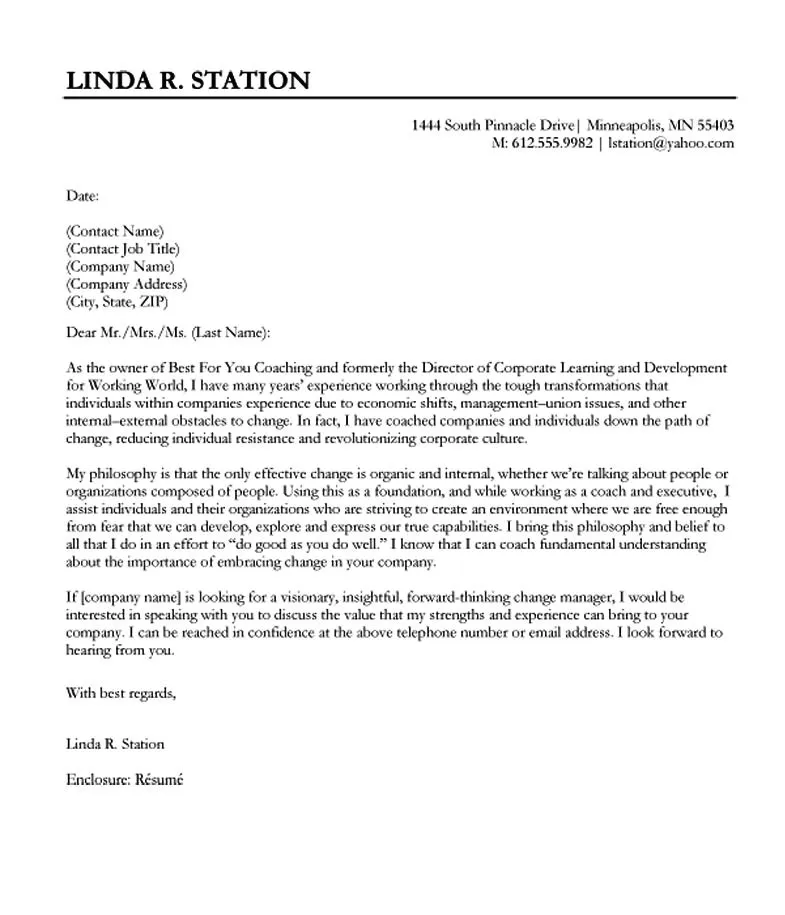
In today’s competitive job market, a cover letter can make or break your application. Many employers consider a cover letter essential, as it reveals your communication skills, attention to detail, and genuine interest in the position. A strong cover letter can significantly increase your chances of getting noticed and securing an interview. It provides an opportunity to address any potential gaps in your resume, to explain career transitions, or to highlight unique skills or experiences that make you a valuable asset. Ignoring the cover letter could mean missing out on a great opportunity. By carefully crafting and personalizing your cover letter, you can greatly improve your chances of landing the job and advancing your career.
Key Elements of a Stellar Cover Letter
To write a cover letter that stands out, you need to include certain key elements. These elements work together to create a compelling narrative that highlights your qualifications and demonstrates your enthusiasm for the role. A well-structured cover letter typically includes a header, a greeting, an introductory paragraph, one or two body paragraphs, a closing paragraph, and a signature. Each section plays a vital role in conveying your message and persuading the hiring manager to consider your application. Paying attention to each of these elements can significantly increase the effectiveness of your cover letter and boost your chances of getting hired.
Header Section
The header of your cover letter should include your contact information and the date, as well as the recipient’s information. This section provides essential details for the hiring manager to contact you. It should be clear, concise, and easy to read. Proper formatting in this section is crucial as it sets the tone for the rest of your cover letter and demonstrates your attention to detail. Make sure the formatting is consistent, using a font style that is easy to read and a professional layout. The header is the first thing the hiring manager sees, so it is essential to make a positive initial impression.
Your Contact Information
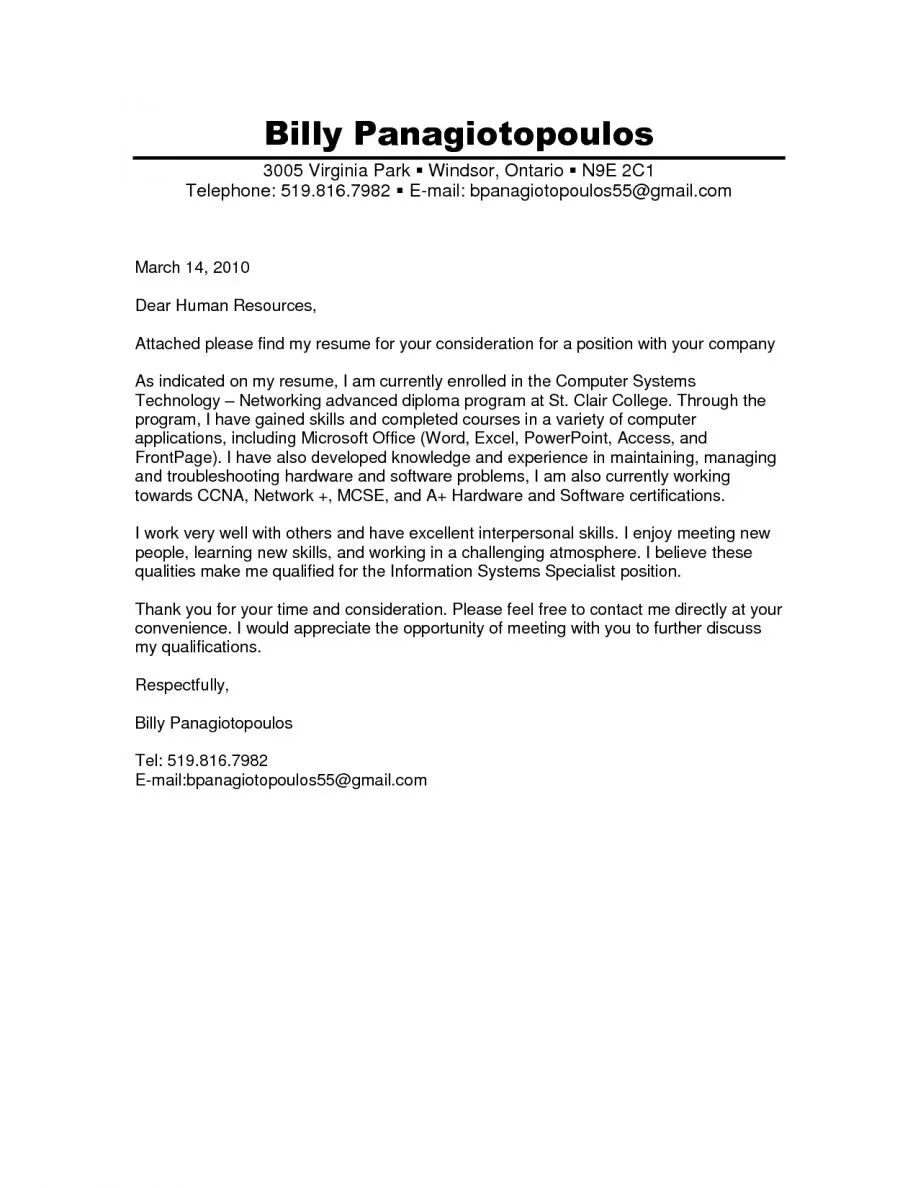
Include your full name, phone number, email address, and optionally, your LinkedIn profile URL. Ensure your contact information is accurate and up-to-date. Use a professional email address – avoid using nicknames or informal addresses. Consider including a link to your online portfolio or professional website if you have one. This section should be the first thing the hiring manager sees, making it easy to reach you for an interview. Double-check the spelling and accuracy of your contact details to avoid any potential issues in the application process.
Date
Include the date you are sending the cover letter. The date is usually placed right below your contact information, at the top left or right corner of the page. This date helps the hiring manager know when you submitted your application. Use a standard format, such as Month, Day, Year (e.g., May 15, 2024). Consistent date formatting throughout your cover letter will reflect your attention to detail and professionalism. Make sure the date is accurate, as it can also serve as a reference point for when you sent your application. A correct date shows the hiring manager that your application is current and that you are mindful of the application timeline.
Recipient’s Information
Include the name and title of the hiring manager, the company name, and the company’s address. If you can, address the cover letter to a specific person; this shows that you have taken the time to research the company and the role. Research the hiring manager’s name and title on the company website or LinkedIn. If you can’t find the hiring manager’s name, use a general greeting, such as “Dear Hiring Manager.” Including the recipient’s information makes your cover letter more personalized and demonstrates your interest in the position. Correctly formatting the recipient’s details enhances the professional appearance of your cover letter.
Greeting the Hiring Manager

The greeting sets the tone for your cover letter. If you know the hiring manager’s name, use “Dear Mr./Ms./Mx. [Last Name].” If you are unsure of the hiring manager’s name, use “Dear Hiring Manager” or “Dear [Department Name] Team.” Avoid generic greetings like “To Whom It May Concern,” which can make your cover letter feel impersonal. Personalizing the greeting shows that you have done your research and are genuinely interested in the position. The greeting should be followed by a comma. Make a good first impression by using a professional and polite greeting; this will set a positive tone for the entire letter.
Body Paragraph 1 Grab Their Attention
The first paragraph should grab the hiring manager’s attention and state your purpose. Mention the specific position you are applying for and where you found the job posting. Briefly state why you are interested in the role and the company. This introduction should be concise and compelling, immediately highlighting your enthusiasm and suitability for the position. Start strong, making a positive impression from the very beginning. Ensure you clearly state your intention to apply for the job. It’s important to make a good first impression.
Highlight Your Skills
In the first body paragraph, emphasize your key skills and qualifications. Align your skills with the job requirements outlined in the job description. Provide specific examples of your skills and how you have used them in previous roles. Focus on the skills that make you the most suitable candidate. Include skills that are in demand or directly related to the role. Use action verbs to describe your accomplishments and skills, such as ‘managed,’ ‘developed,’ and ‘implemented.’ Highlight a few core skills, rather than trying to list everything, to maintain clarity and focus. Tailor your skill highlights to each job application to make sure your cover letter is customized.
Connect Your Skills to the Job Requirements
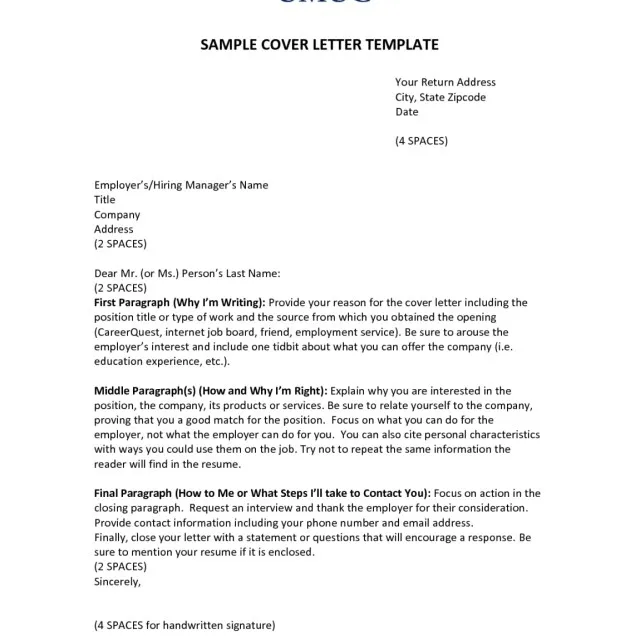
Demonstrate how your skills meet the job requirements by providing relevant examples. Directly reference the job description and explain how your past experiences have prepared you for the role. Illustrate your abilities with specific examples of how you have successfully used your skills. This shows the hiring manager that you understand the job requirements and that you have the experience to succeed. Provide a brief overview of what you did, how you did it, and the results you achieved. Connecting your skills to the job requirements shows that you are a good match for the role. It adds a layer of relevance and personalization to your cover letter, making it more convincing.
Body Paragraph 2 Demonstrate Your Value
In the second body paragraph, provide details about your accomplishments and experiences. Show how you have added value in previous roles. Focus on quantifiable results and use specific examples to demonstrate your achievements. This paragraph should further convince the hiring manager of your value and suitability for the position. Highlight how your accomplishments align with the company’s goals and objectives. This section should demonstrate your ability to contribute to the company’s success. Be specific about your achievements to show your value.
Showcase Your Achievements
Showcase your achievements by highlighting your most significant accomplishments. Use the STAR method (Situation, Task, Action, Result) to structure your examples and provide context. Describe the situation, the task you were assigned, the action you took, and the results you achieved. This method allows you to clearly and effectively communicate your accomplishments. Focus on achievements that are relevant to the job requirements and demonstrate your value. Show what you did, how you did it, and the positive outcomes that resulted from your efforts. Make sure to clearly and concisely describe the impact of your work. This will make it easier for the hiring manager to see how you can contribute to their company.
Use Quantifiable Results
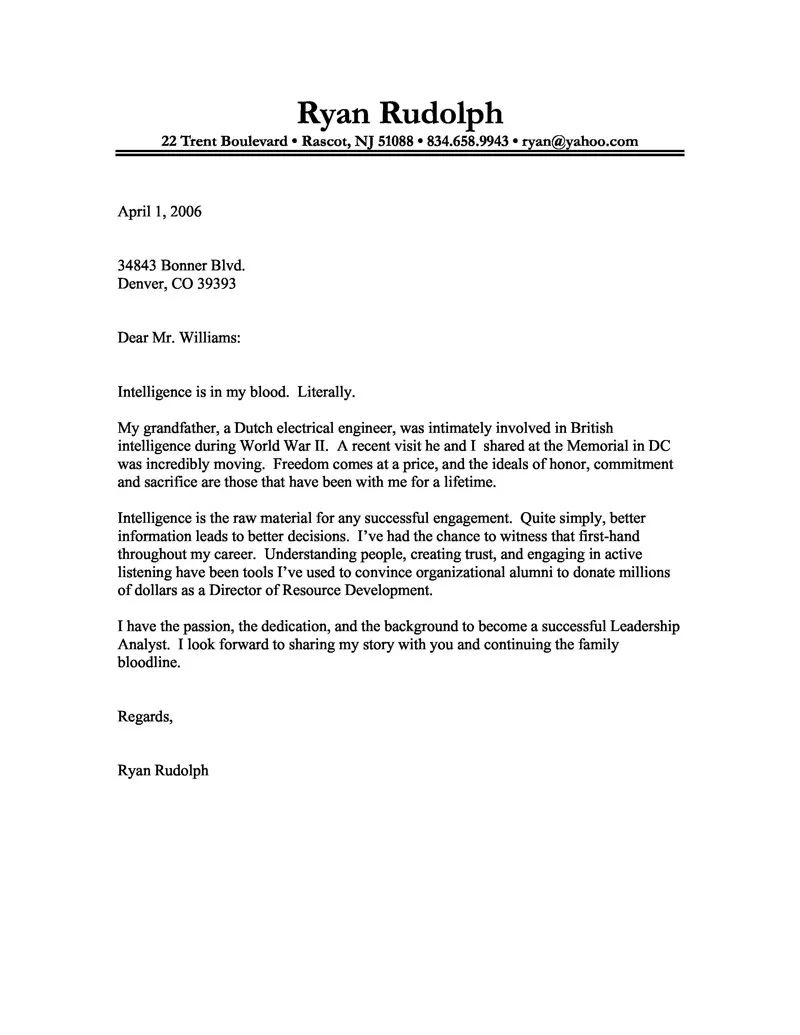
Whenever possible, use quantifiable results to demonstrate your achievements. Numbers and statistics make your achievements more impactful and provide tangible evidence of your contributions. For example, instead of saying “Improved sales,” say “Increased sales by 20% in one quarter.” Use metrics to showcase your performance. Include specific data to support your claims and highlight the impact of your work. Use specific figures to show your accomplishments. Quantifiable results make your cover letter more persuasive and help to showcase your value as a candidate. This approach offers a clearer picture of your capabilities and the value you can bring to the position.
Body Paragraph 3 Express Enthusiasm and Close
In the closing paragraph, express your enthusiasm for the opportunity and reiterate your interest. Thank the hiring manager for their time and consideration. This paragraph is your final opportunity to leave a positive impression. State why you are excited about the role and why you are a good fit for the company. Maintain a professional tone, keeping your tone enthusiastic. It’s an important part of your cover letter, and it should be crafted carefully.
Reiterate Your Interest
Reiterate your interest in the position and the company. Show why the opportunity aligns with your career goals and aspirations. Mention what you appreciate about the company’s mission, values, or culture. This shows your genuine interest and that you have done your research. Restate your desire for an interview and your belief that you can be an asset to the company. Making your interest known can significantly enhance your chances of moving forward in the hiring process. Reiterate your enthusiasm for the role to make a strong impression.
Call to Action

Include a call to action to encourage the hiring manager to contact you. State your availability for an interview and how they can best reach you. Provide your phone number and email address, ensuring they are easily accessible. Indicate that you look forward to hearing from them soon. Be direct and professional. Make it easy for them to take the next step. Provide specific contact information for follow-up, and state your interest in an interview. Make sure it’s easy for them to contact you and proceed.
Closing and Signature
Use a professional closing, such as “Sincerely,” “Best regards,” or “Thank you.” Follow the closing with your typed name. If you are submitting a physical copy, leave space for your signature above your typed name. The closing should be polite and formal. Always spell your name correctly. Be sure that your signature is easy to read. Your signature is a professional touch and a symbol of your commitment.
Proofreading and Formatting
Proofreading and formatting are crucial to ensure your cover letter is professional and error-free. Carefully proofread your cover letter for any grammatical errors, spelling mistakes, or inconsistencies. Pay close attention to the layout, font, and overall appearance of the document. A well-formatted and error-free cover letter demonstrates your attention to detail and professionalism. It’s also a reflection of your respect for the hiring manager and the job opportunity. Double-check everything for any potential mistakes before submitting your cover letter.
Proofread Carefully
Proofread your cover letter multiple times. Use a spell checker and a grammar checker, but don’t rely solely on these tools. Read your cover letter aloud to catch any awkward phrasing or typos. Ask a friend or family member to review your cover letter for feedback. Proofreading ensures that your cover letter is free of errors. Ensure there are no spelling mistakes, punctuation errors, or grammatical errors. Correct any typos, use proper grammar, and refine the writing for clarity and readability. A polished cover letter makes a good impression, showcasing your attention to detail.
Formatting Guidelines
Use a standard and professional font, such as Times New Roman, Arial, or Calibri, with a font size between 10 and 12 points. Use single-spacing for the body of your cover letter, with a double space between paragraphs. Use standard margins (1 inch on all sides) and align your text to the left. Avoid using excessive bolding, italics, or underlining. Maintain a clean and easy-to-read format. Consistent formatting contributes to a professional appearance. These guidelines ensure that your cover letter is easy to read and looks professional.
File Type and Name
Save your cover letter as a PDF file to ensure that the formatting remains consistent across different devices and operating systems. Name your file using a clear and professional naming convention, such as “Your Name_Cover Letter_Job Title.” This naming format is easy to understand and makes it simple for the hiring manager to identify your document. Using a professional naming convention also helps the hiring manager organize their files efficiently. Always use the PDF format to maintain the correct formatting.
Cover Letter Examples
Review cover letter examples to get an idea of the structure, content, and tone. Look for examples that are relevant to your industry and the type of job you are applying for. Tailor the example to the specific job application. Use these examples as a starting point and adapt them to your own experiences and qualifications. Studying cover letter examples is an excellent way to learn about best practices. This can help you create a compelling cover letter that gets noticed. Analyze the structure, language, and style of these examples to identify key strategies.
